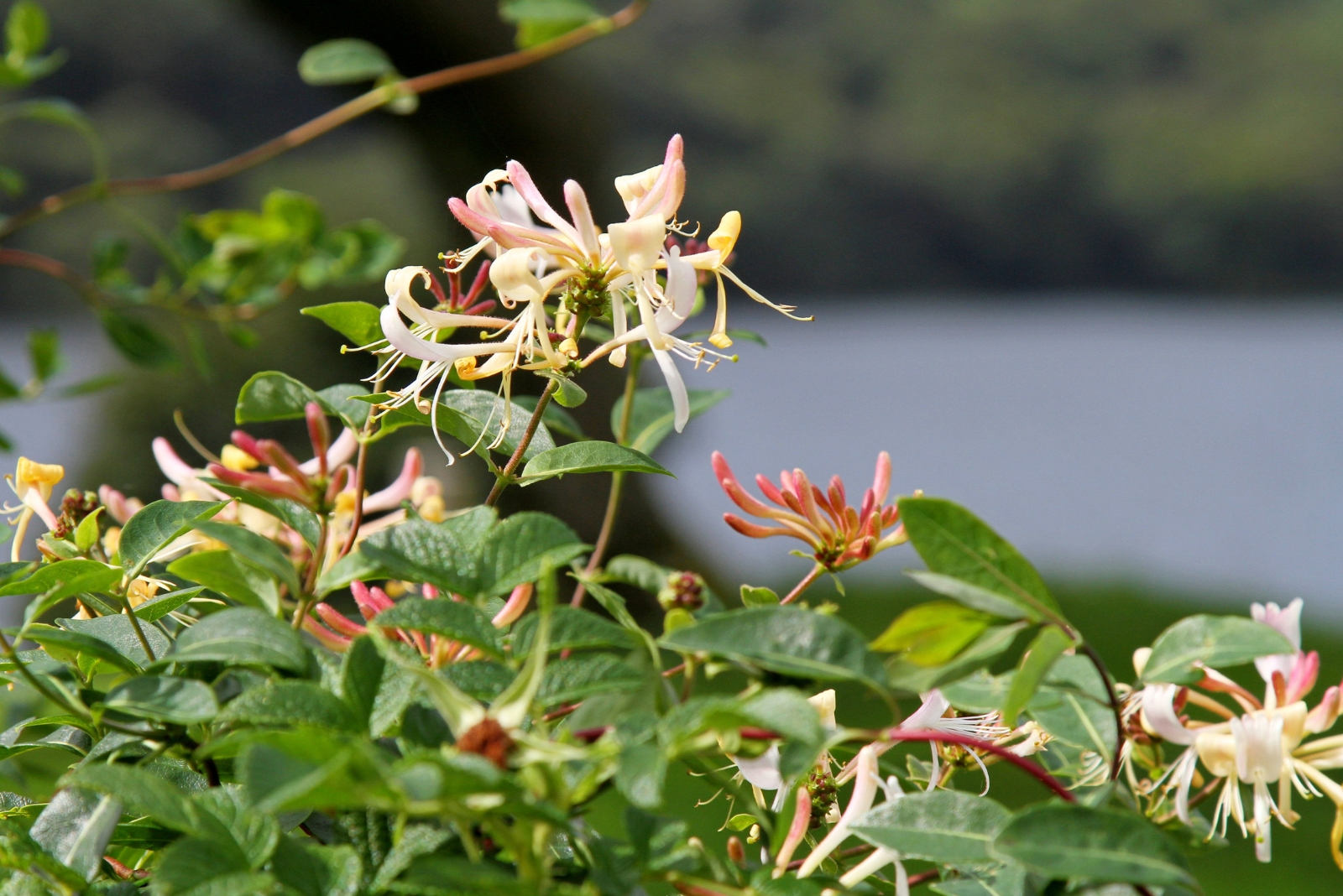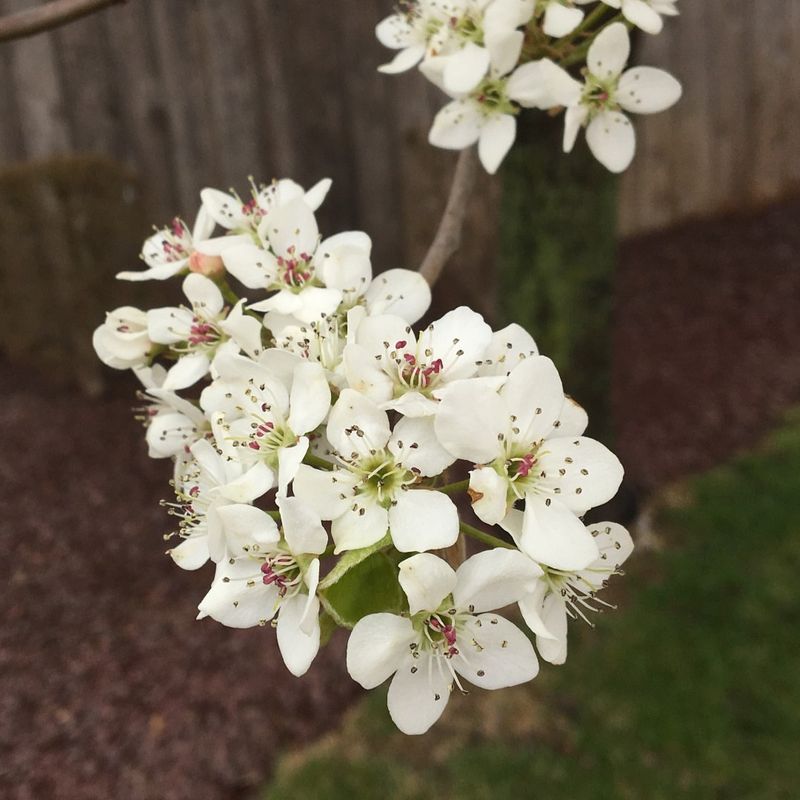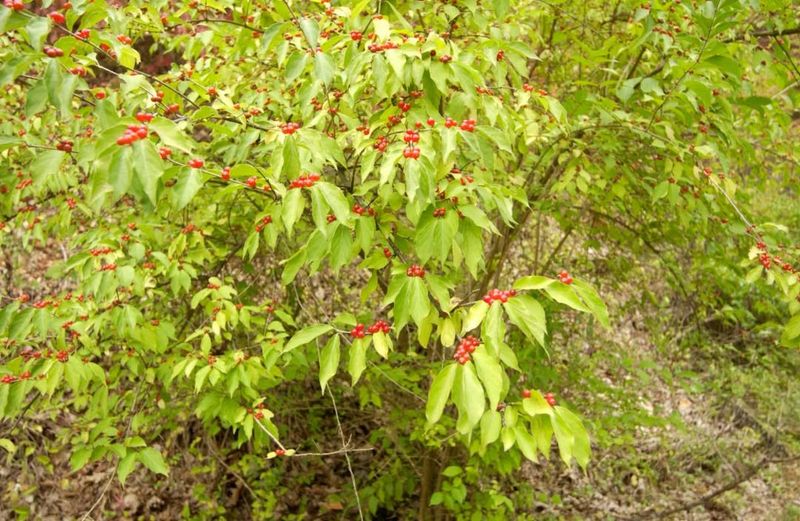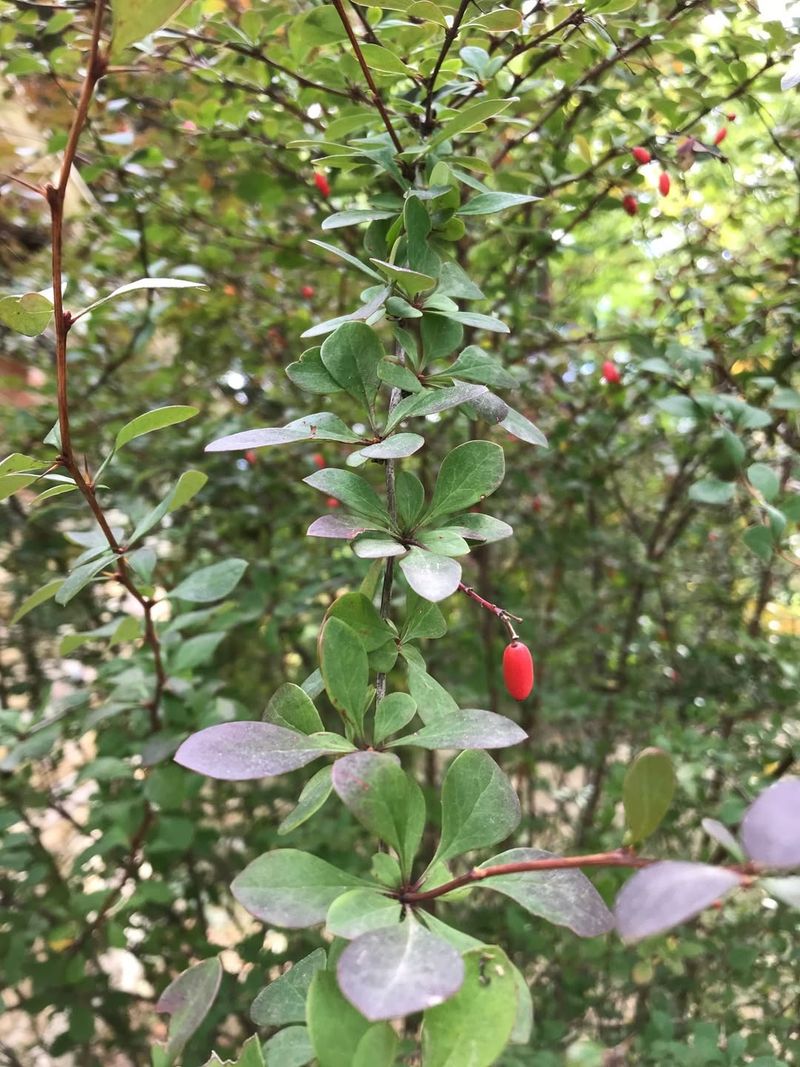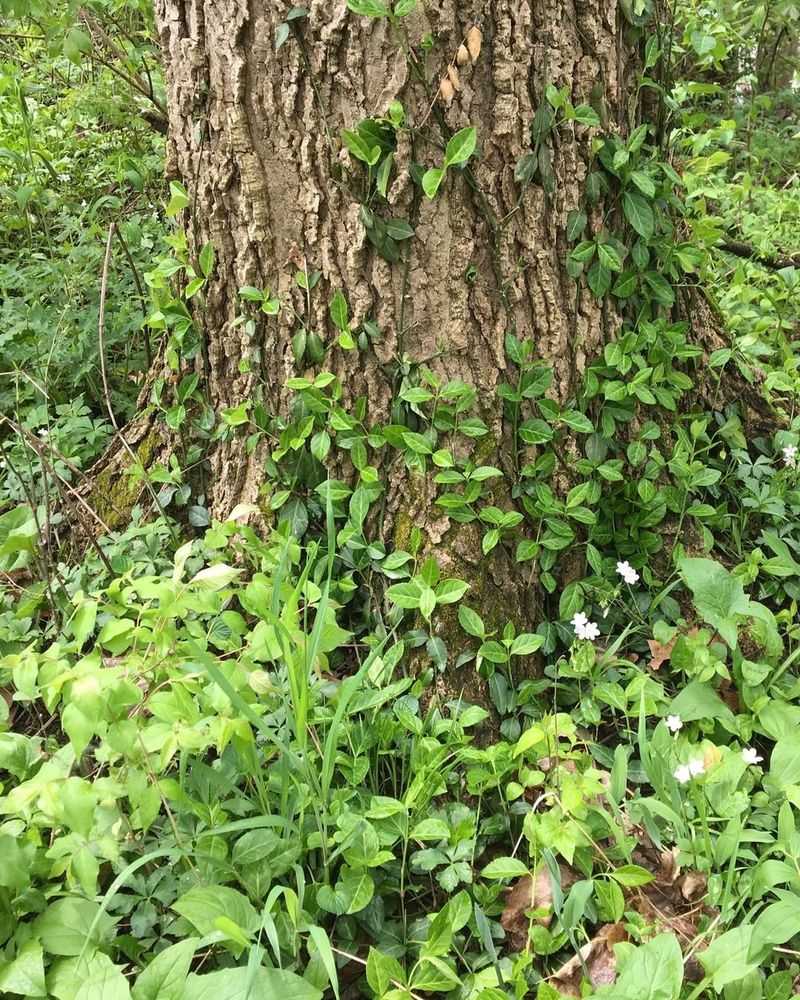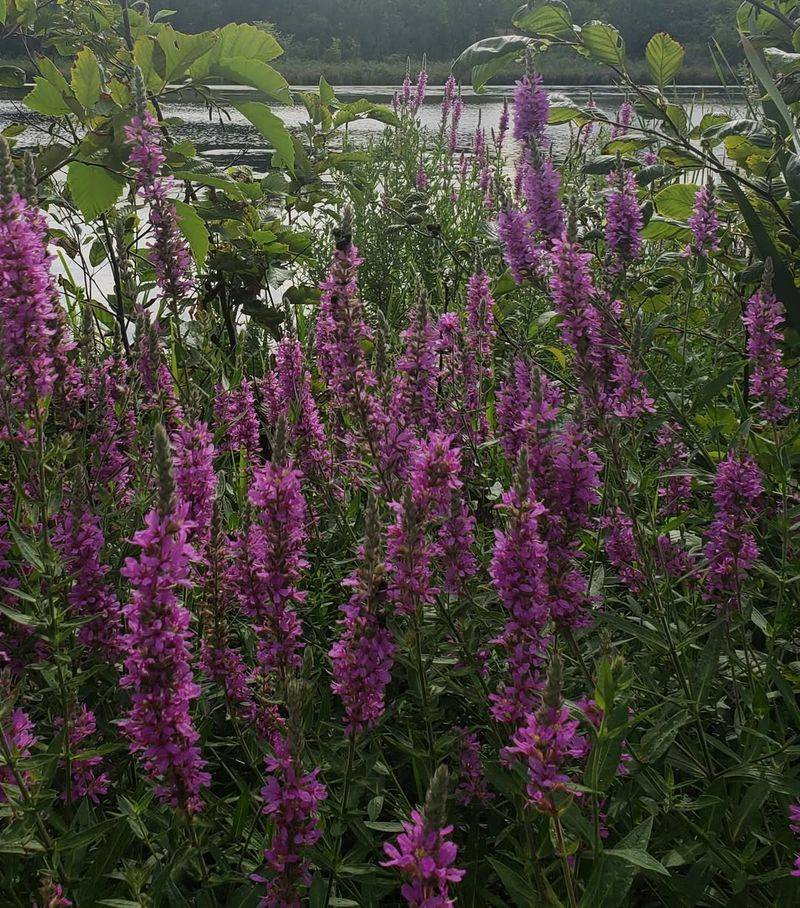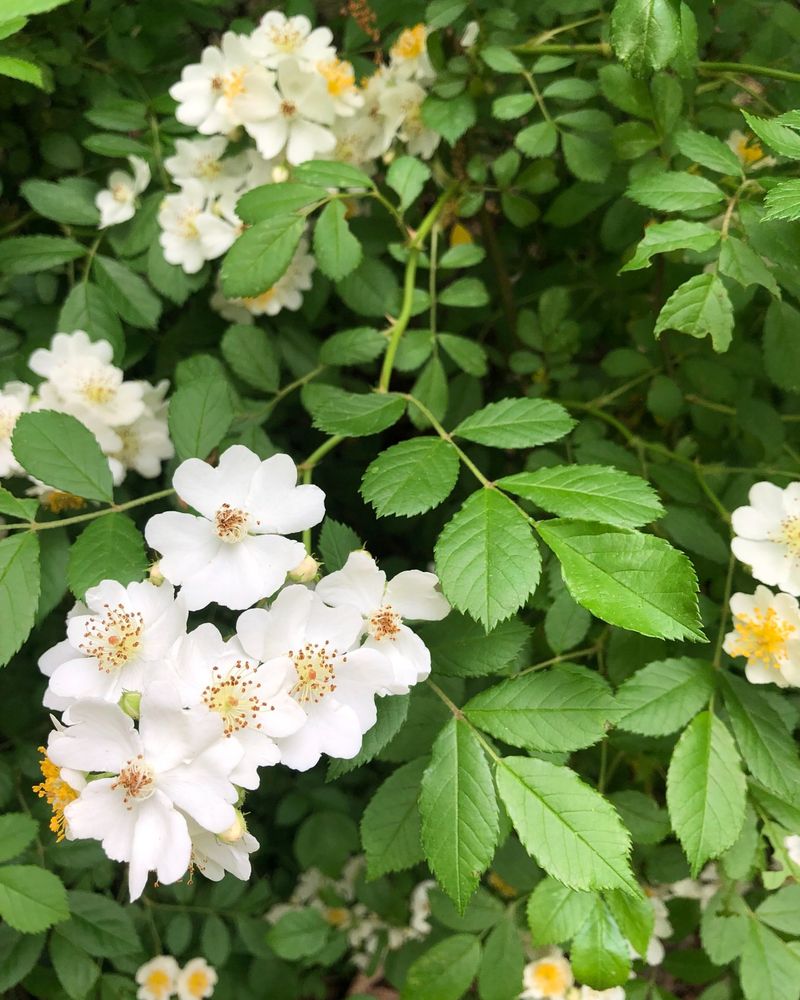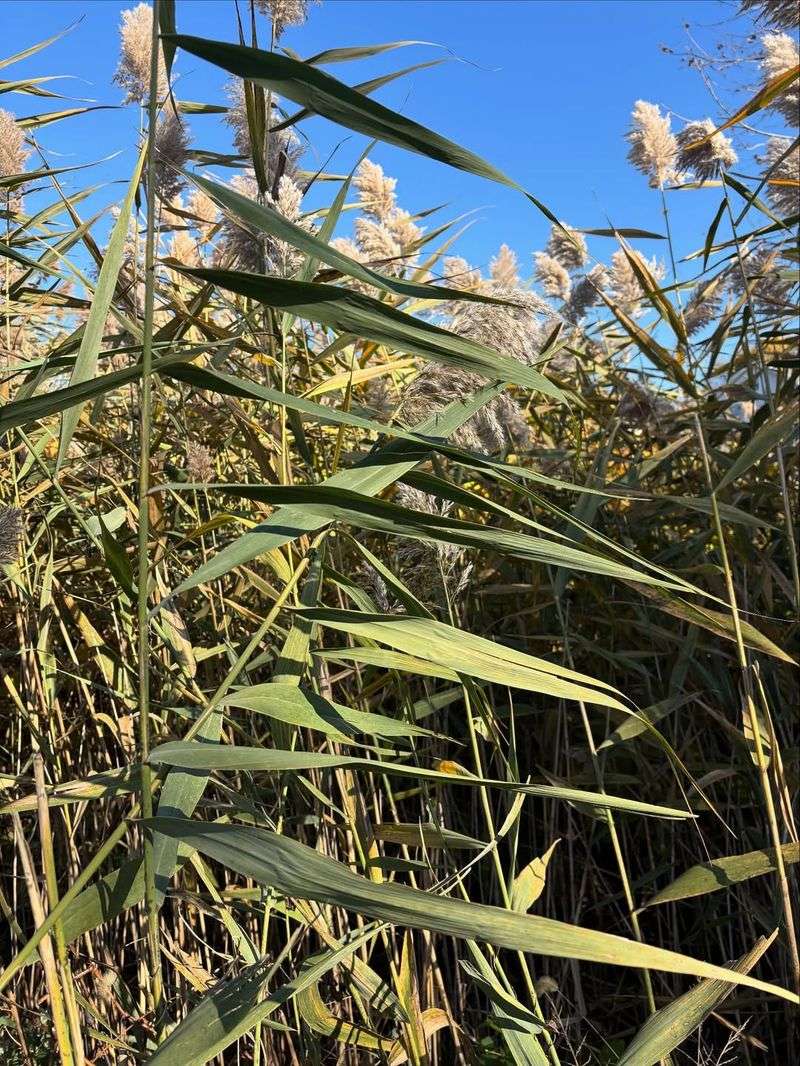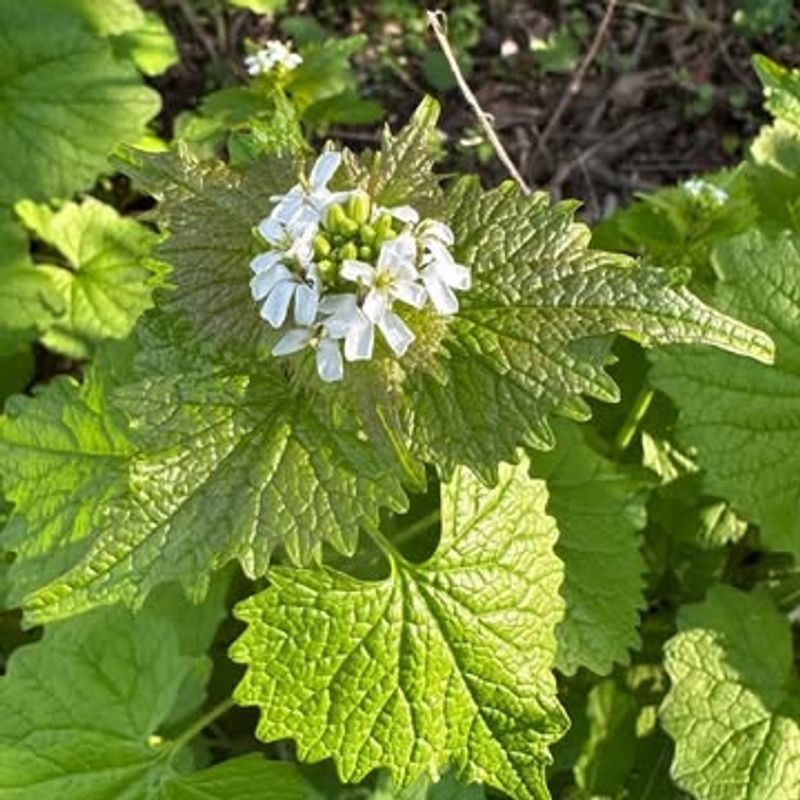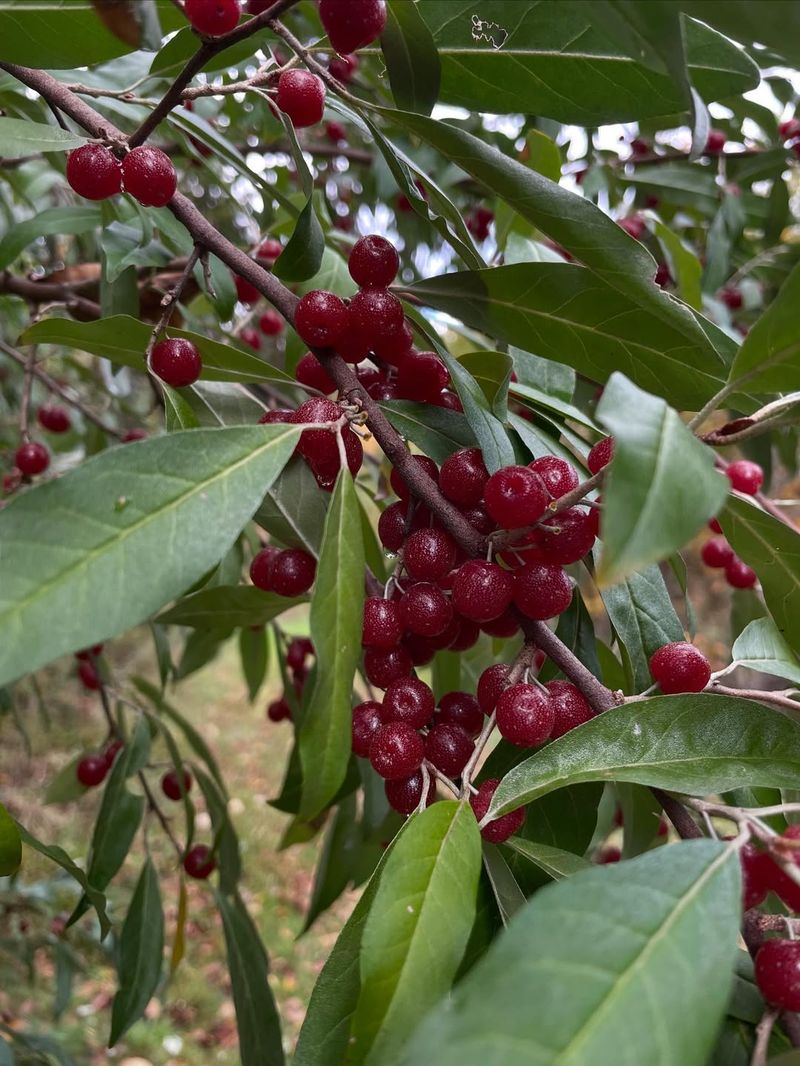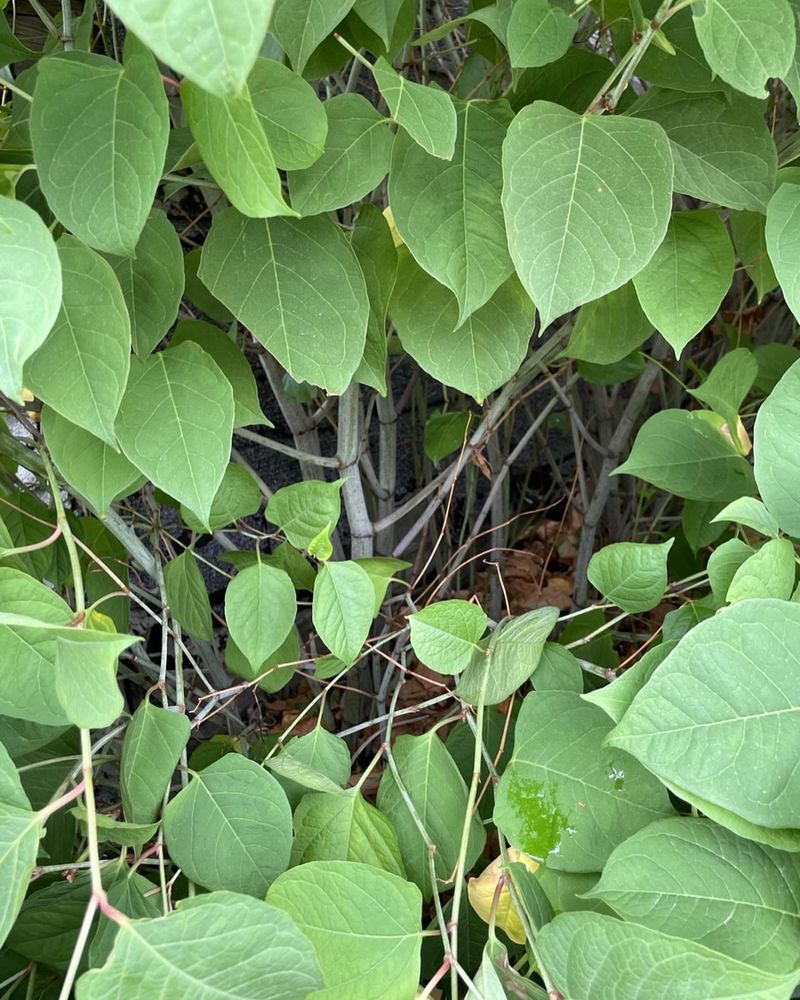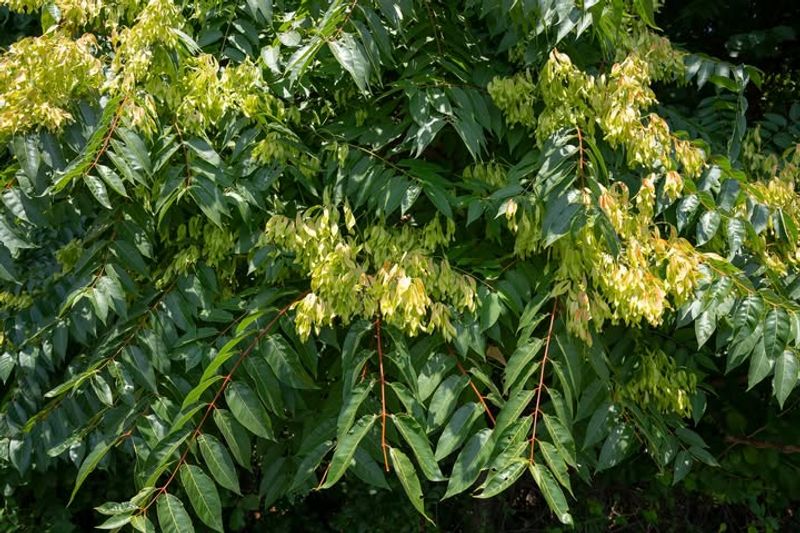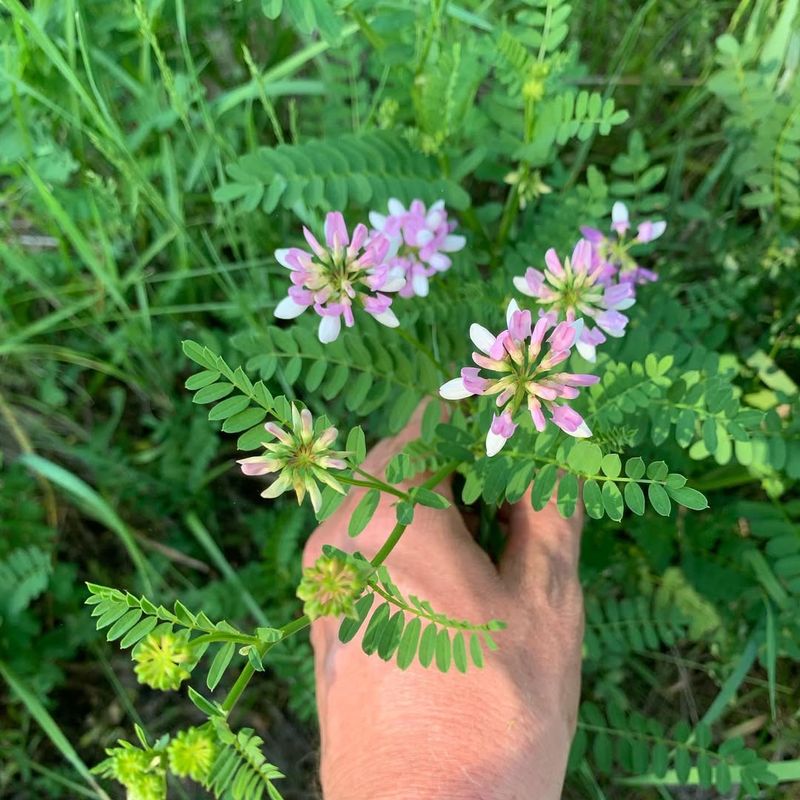Indiana homeowners might soon see major changes in what they can plant in their yards. Certain plants that look pretty at first have become serious problems, spreading wildly and pushing out native species.
State officials are considering bans on several invasive plants to protect local ecosystems and help native wildlife thrive again.
1. Callery Pear
You might know this tree from those white flowers that smell oddly fishy each spring. Callery pear trees were once planted everywhere because they grew fast and looked nice along streets.
But now they’re taking over forests and fields across Indiana. Their sharp thorns can puncture tires and hurt animals.
Native trees struggle to compete with these aggressive invaders, making them a top candidate for banning in residential areas statewide.
2. Bush Honeysuckle
Walking through Indiana woods, you’ll often spot this shrub leafing out before anything else. That early start gives bush honeysuckle an unfair advantage over native plants that wake up later.
Birds eat the berries and spread seeds everywhere, creating thick walls of honeysuckle that block sunlight. Deer won’t eat it, so it just keeps spreading.
Removing established bushes requires serious effort since they resprout from roots stubbornly.
3. Japanese Barberry
Indiana landscapers loved planting this spiky shrub because deer leave it alone and it stays green late into fall. Unfortunately, those same qualities make Japanese barberry a nightmare in natural areas.
Research shows that areas with lots of barberry also have more ticks, including ones carrying Lyme disease. The dense branches create perfect hiding spots for these pests.
Native wildflowers can’t grow underneath its thick canopy either.
4. Wintercreeper
Groundcover plants seem harmless until you meet wintercreeper. Indiana gardeners originally planted it because the evergreen leaves looked attractive year-round and it spread to fill bare spots quickly.
Now this vine climbs trees, smothers wildflowers, and creates dense mats that nothing else can penetrate. It’s incredibly hard to remove once established in your yard.
Even tiny root pieces left behind will sprout into new plants frustratingly fast.
5. Purple Loosestrife
Those gorgeous purple flowers you see in Indiana ditches and wetlands are actually botanical bullies. Each purple loosestrife plant produces millions of seeds that spread through water and mud stuck to boots or tires.
Wetlands choked with loosestrife lose the diverse plant communities that ducks, frogs, and fish depend on for food and shelter. Native turtles and muskrats suffer when their habitat transforms into loosestrife monocultures.
Control efforts cost millions annually across the Midwest.
6. Multiflora Rose
Farmers once planted multiflora rose as living fences to keep livestock contained. That seemed like a clever idea until the thorny bushes escaped and started forming impenetrable thickets everywhere.
One plant can produce a million seeds yearly, which birds eagerly spread across the Indiana countryside. The curved thorns rip clothing and skin, making removal painful work.
Pastures and forest edges become unusable when multiflora rose takes over completely.
7. Common Reed
Reaching heights over 15 feet, common reed turns diverse marshes into monotonous walls of grass. Native Indiana wetland plants can’t compete with this aggressive invader’s rapid growth and spreading underground stems.
Waterfowl lose nesting habitat when reeds dominate, and fish spawning areas disappear too. The dense stands even increase fire risk during dry periods.
Once established, common reed proves extremely difficult to eliminate from wetland areas permanently.
8. Garlic Mustard
Crushing the leaves releases a distinctive garlic smell that helps identify this woodland invader. Garlic mustard arrived from Europe and now blankets forest floors across Indiana each spring.
It releases chemicals that harm fungi needed by native trees and wildflowers to grow properly. Butterflies suffer too since their caterpillars can’t eat garlic mustard leaves.
Pulling plants before they flower helps, but seeds remain viable in soil for five years.
9. Autumn Olive
Silvery leaves and abundant red berries make autumn olive easy to spot along roadsides and field edges. Wildlife agencies once promoted planting it for bird habitat and erosion control purposes.
That backfired spectacularly as birds spread millions of seeds, creating autumn olive thickets that crowd out Indiana native berry bushes. The berries aren’t as nutritious as native alternatives either.
Cutting bushes just triggers vigorous resprouting from roots left underground stubbornly.
10. Japanese Knotweed
Bamboo-like stems shoot up incredibly fast, growing several inches daily during peak season. Japanese knotweed spreads through underground stems that can push through pavement and damage building foundations.
Tiny root fragments spread by mowing or digging create new infestations elsewhere. Dense stands block stream access and increase erosion along Indiana riverbanks.
Professional removal often requires years of repeated treatments with specialized equipment and careful monitoring afterward.
11. Tree Of Heaven
Despite its heavenly name, this fast-growing tree creates hellish problems for Indiana property owners and land managers. Tree of heaven produces chemicals that poison surrounding plants, giving its seedlings unfair advantages.
The roots damage sidewalks, foundations, and sewer lines aggressively. It also hosts spotted lanternfly, an invasive insect pest.
Female trees produce thousands of wind-dispersed seeds that sprout readily in disturbed soil and spread infestations rapidly.
12. Crown Vetch
Highway departments planted crown vetch extensively to stabilize slopes and prevent erosion along roads. Those pink and white flowers spread much further than anyone anticipated originally.
The aggressive vines form thick mats that smother Indiana native wildflowers and grasses completely. Once established, crown vetch resists most removal efforts stubbornly.
Hillsides covered in vetch lose the diverse plant communities that pollinators and other wildlife need for survival throughout seasons.

